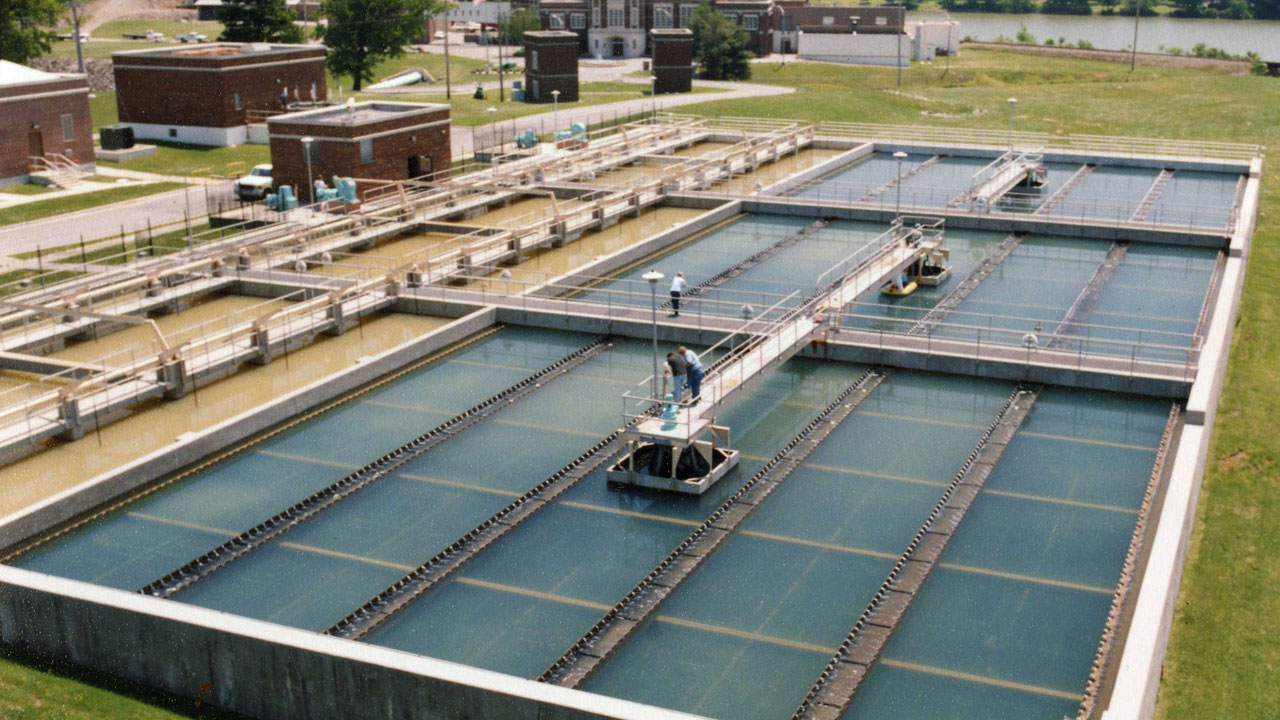Knoxville, TN
The city of Knoxville draws its raw water from the Tennessee River. This water is treated at the Whitaker WTP. This facility uses chlorine dioxide. In the 1990s, the city also drew water from the French Broad River which was treated at the Forks of the River WTP.
Public Resources
- Whitaker Plant Video
- Whitaker Plant Brochure
- Whitaker improvements: Pumping & Storage, Master Plan
- 2012 Improvements: Site plan, pump station, section
- Compliance Data
Consumer Confidence Reports: 2009, 2011
Source Water Assessment Program Report
Plant Information
Disinfection Byproducts
Secure UMass Research Site
System Summary Documentation for WRF 4242
Sampling Results for WRF 4242
- Schematics for both plants (ca.1996)
- Monthly Reports: June 2012 #1, #2, #3
Plant and System Data
Some Publications in the open literature pertaining to Knoxville
| Citation | Notes | Abstract |
|---|---|---|
| Barnett, E., R.B. Robinson, D.W. Loveday, and J. Snyder. 1992. Comparing Plant-Scale Dual-Media and Mixed-Media Filters. Journal American Water Works Association 84:76-81. |
Full-scale dual- and mixed-media filters were compared side by side at nominal loadings of 3, 4, 5, and 6 gpm/sq ft for eight months using flocculation and sedimentation pretreatment. Both media produced an effluent of <0.5 ntu at all loadings. The mixed-media filter was more successful than the dual-media filter for attaining a potential 0.1 ntu effluent standard using the plant's current pretreatment. The media performed equally in removing residual aluminum and would require about the same initial filter to waste, roughly 0.5 percent of the run. Neither media showed turbidity breakthrough when subjected to a 33 percent flow surge or showed significant media loss. The mixed media showed slightly higher energy costs, which were not considered significant. For replacing media in the eight remaining filters, the mixed media was estimated to cost $48,000 more for the media itself and installation and to cost between $4,000 and $17,000/year more for backwash water. | |
| Price, J.M., Application of Tube Settlers to Improve Water Quality, Chapter 3 in Innovations in the Water and Wastewater Fields, E.A. Glysson Ed., 1985 | ||
| Reed, G.D., and D.A. Reece. 1984. Sedimentation Success from Modified Jar Tests. Journal American Water Works Association 76:101-105. |
Delivery of clear water from settling basins to filtration systems is important for the smooth operation of a treatment plant. But operators work at a disadvantage when they cannot determine what is happening during the sedimentation process. Incomplete settling allows turbid outflows to reach filters, shortening their runs and adding to water quality costs. A modified jar test method for modeling basin behavior has been designed. It uses a hydraulic comparison equation sensitive to basin flow rates, water residence times, and flocculant dosages. When properly calibrated, it can reflect actual basin performance, detect problems, and point to areas where solutions may be found | |
| Reed, G.D., and R.B. Robinson. 1984. Similitude Interpretation of Jar Test Data. Journal of Environmental Engineering-Asce 110:670-677. |
A method for using a modified jar test in conjunction with a hydraulic similitude calculation was developed to predict sedimentation basin performance. The method was tested at the Mark B. Whitaker Water Treatment Plant in Knoxville, Tennessee, for field verification. A comparison of jar test turbidity data collected at settling times controlled by the similitude calculations versus the turbidity of the sedimentation basin effluent was very close to ideal (one-to-one relationship). The settling data suggested that a measurement of the floe size distribution might be a more reliable method for coagulant dosage control. Jar test settling time had a significant effect on the selection of the operating dosage. Therefore, if a jar test is used, the sample time must be related to the hydraulic conditions of the treatment plant. |
Other Written Material

